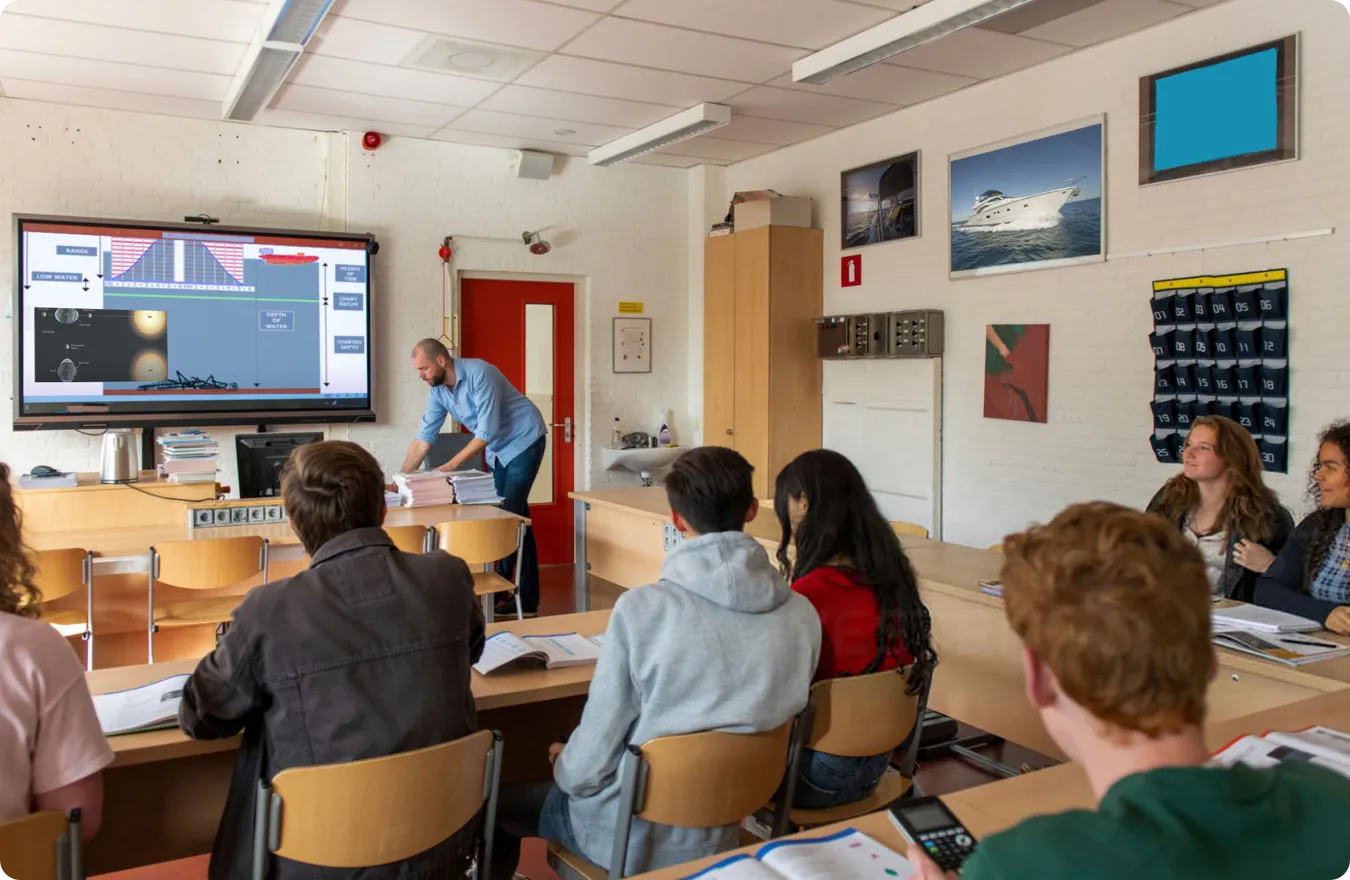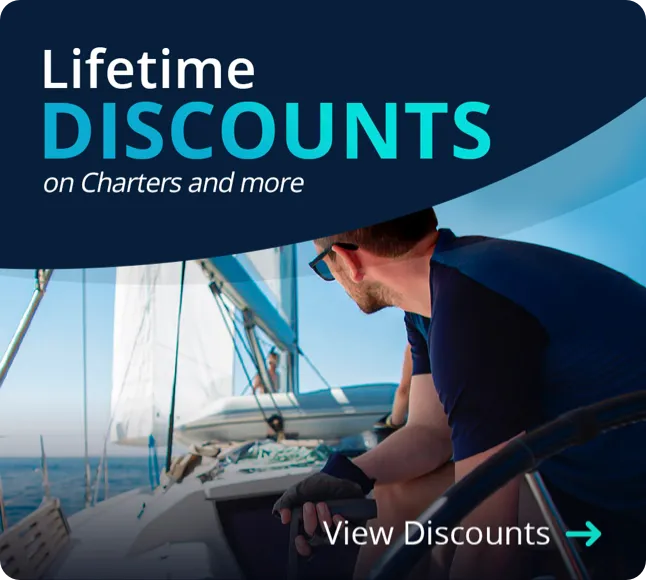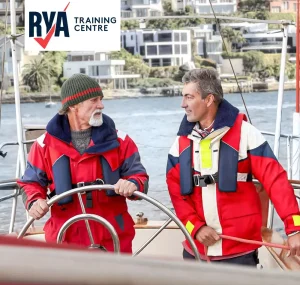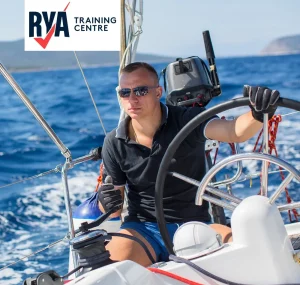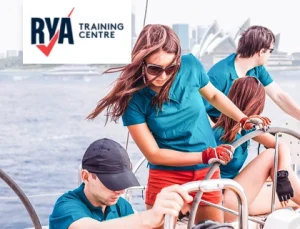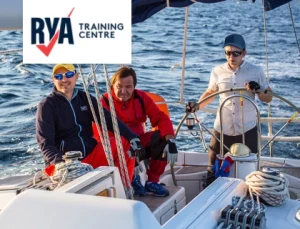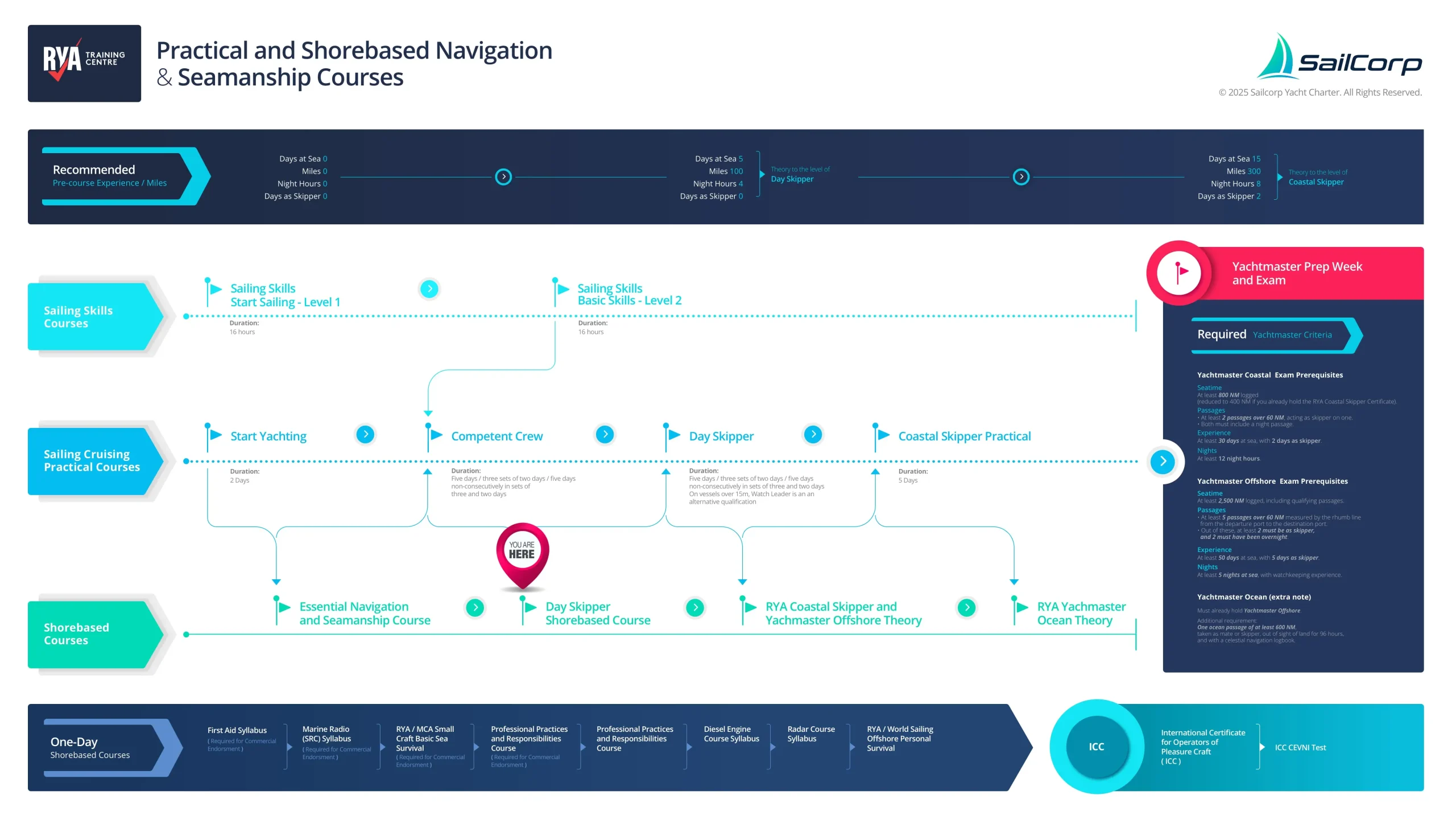The RYA Day Skipper Shorebased course is an intensive, classroom-based navigation and seamanship program designed to give aspiring skippers the theoretical knowledge required to safely operate a yacht in familiar coastal waters during daylight hours. It is the perfect next step for sailors who have completed the RYA Competent Crew course and are ready to take on more responsibility on board.
This course covers a wide range of essential topics to prepare students for real-world decision-making and safe boat handling. At its core is navigation and chartwork, where you’ll learn how to read nautical charts, understand navigation symbols, plot courses, and fix positions using both traditional and electronic methods. You’ll use drawing instruments like dividers and parallel rulers, learn to apply variation and deviation, and gain confidence using both paper charts and GPS.
A key component of the course is understanding tides and tidal streams. You’ll learn how to calculate tidal heights and streams using Admiralty tide tables and tidal atlases. This knowledge is vital for planning safe departures, navigating shallow waters, and ensuring there’s always enough depth under your keel.
The course places strong emphasis on passage planning and pilotage, teaching you how to plan short coastal trips, choose suitable charts and waypoints, and account for safety, weather, and harbour entry procedures. Pilotage techniques such as using transits, leading lines, and visual navigation aids are explored in detail.
Meteorology is another core element of the Day Skipper course. You’ll learn how to interpret weather forecasts, understand the Beaufort scale, and make sense of synoptic charts. Recognising the signs of changing weather conditions and knowing how to respond is essential for safe skippering.
Safety at sea is a recurring theme throughout the course. You’ll cover the use of safety equipment, lifejackets, VHF radio procedures, and emergency protocols including helicopter rescue and man-overboard scenarios. Topics also include basic ropework, anchoring, fire prevention, and onboard stability.
Understanding the International Regulations for Preventing Collisions at Sea (COLREGs) is crucial for avoiding incidents. You’ll learn the key navigation rules, including which vessel gives way in different scenarios, the importance of lookout, and the correct use of navigation lights and signals.
The course also introduces aids to navigation such as lighthouses and buoys, and teaches students how to identify them by shape, colour, and light characteristics. You’ll become familiar with IALA Region A buoyage, used in Australian and European waters.
Finally, the course includes environmental responsibilities, focusing on pollution prevention and sustainable boating practices to help protect our oceans and waterways.
On completion, you’ll have the confidence to plan and navigate coastal passages, understand the legal and safety requirements of skippering, and be fully prepared for the practical RYA Day Skipper course. This shorebased qualification is a vital stepping stone for anyone looking to become a competent, independent skipper.

